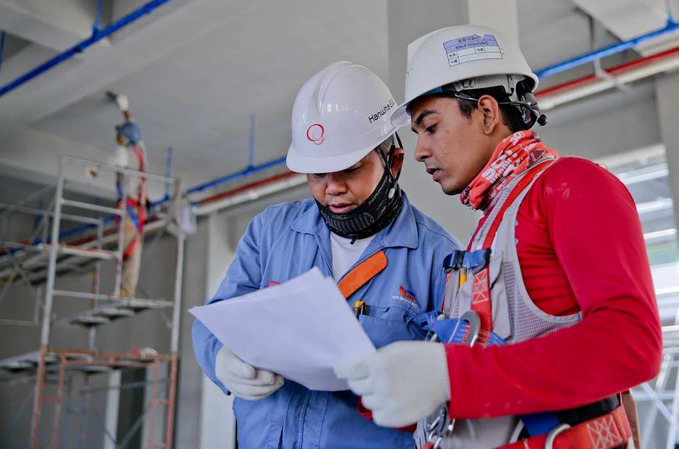Silica dust is a hidden hazard that poses serious risks to workers across various industries. From construction sites to manufacturing plants, the presence of silica can lead to severe health issues, including respiratory diseases. As an employer, it’s crucial to recognize these dangers and take proactive steps to protect your employees. Creating a comprehensive silica safety plan safeguards your workforce and ensures compliance with regulations.
If you are an employer, consider enrolling your workers in a silica awareness online course. This guide will teach you how to identify exposure risks, establish limits, implement control measures, and provide essential training. Let’s dive into the key elements of building an effective silica safety strategy that prioritizes health and well-being on the job site.
Identify Silica Exposure Risks
Identifying silica exposure risks starts with understanding where silica is commonly found. Construction activities like cutting, grinding, and drilling materials such as concrete and stone generate fine silica dust. Manufacturing processes involving sandblasting or glass production are also significant contributors. Even industries that use quartz-based products can present hidden dangers. Next, assess your work environment. Observe tasks that involve abrasive blasting or high-speed tools. Conduct regular air quality monitoring to measure silica levels in the atmosphere.
Establish Exposure Limits
Establishing exposure limits is a critical step in protecting workers from silica hazards. Employers must understand the permissible exposure limit (PEL) set by regulatory agencies. These guidelines help define safe levels of silica dust in the workplace. It’s essential to regularly assess and monitor air quality. This ensures that silica concentrations remain below established thresholds. Implementing rigorous testing protocols can provide insights into potential risks. Consider variations in work environments, as different tasks may expose employees to varying levels of silica. Tailoring exposure limits based on specific job functions enhances safety measures.
Develop Control Measures

Control measures are essential to minimize silica exposure in the workplace. First, assess your work environment for potential dust sources. This includes activities like cutting, grinding, or drilling materials containing silica. Next, engineering controls such as ventilation systems should be implemented. Proper airflow can significantly reduce airborne particles. Consider using water suppression methods during operations that generate dust. Administrative controls play a key role as well. Schedule tasks to limit the time workers spend in high-exposure areas and rotate job assignments to reduce individual exposure levels.
Train and Educate
Training and education are crucial in managing silica exposure. Employees need to understand the dangers associated with silica dust. Knowledge empowers them to recognize risks in their work environment. Develop a comprehensive training program covering safe practices, equipment use, and emergency procedures. Utilize various formats—workshops, online courses, or hands-on demonstrations. This variety keeps learning engaging. Encourage open communication about silica safety.
Creating a silica safety plan is essential for protecting employees from the harmful effects of silica dust. By identifying exposure risks, employers can take proactive steps to minimize hazards in the workplace. Establishing clear exposure limits ensures compliance with regulations and keeps health risks at bay. A comprehensive approach that combines these elements will safeguard workers and enhance overall productivity and morale within the organization. Prioritizing employee health ultimately leads to a more prosperous and sustainable business model.

